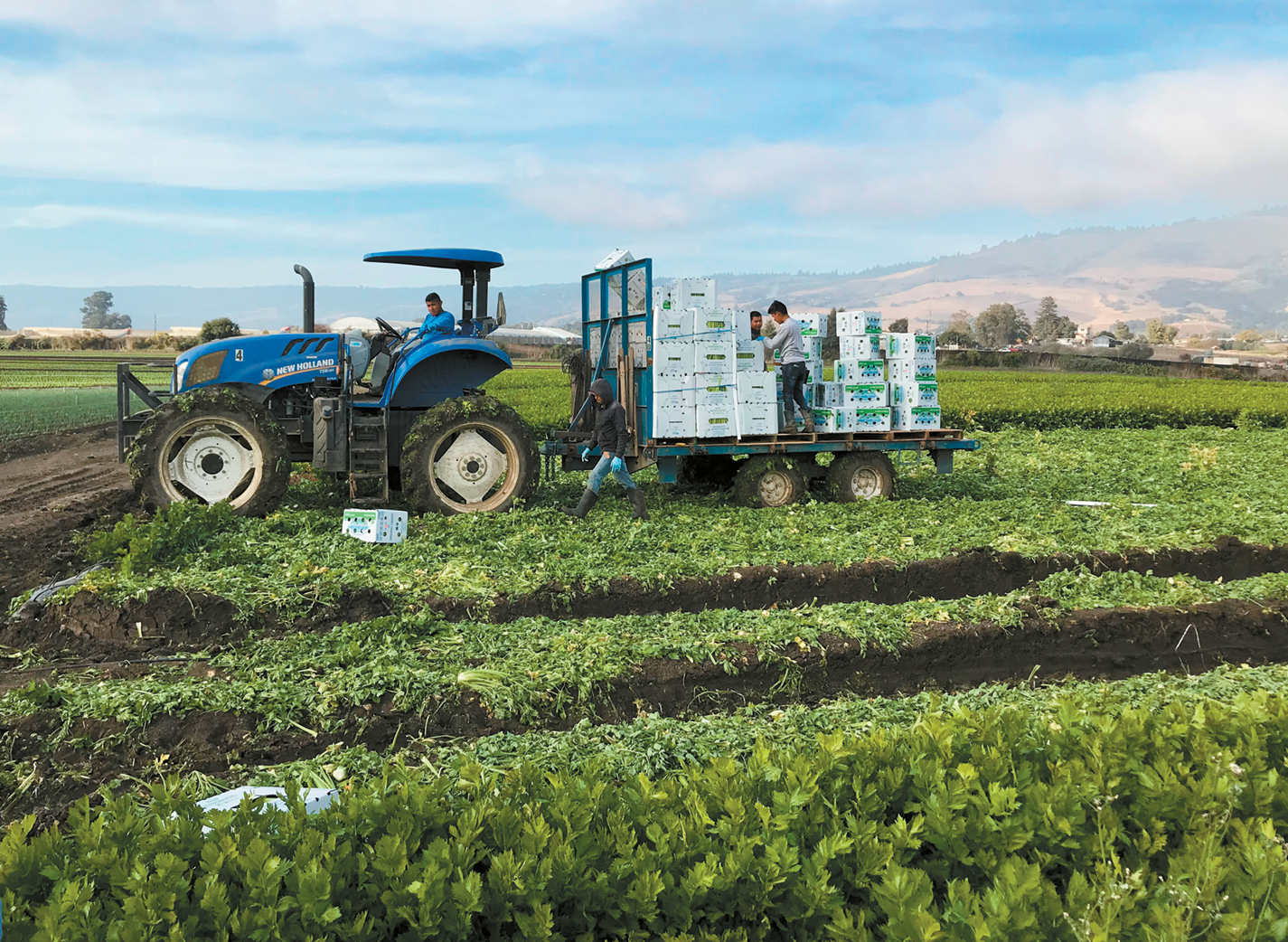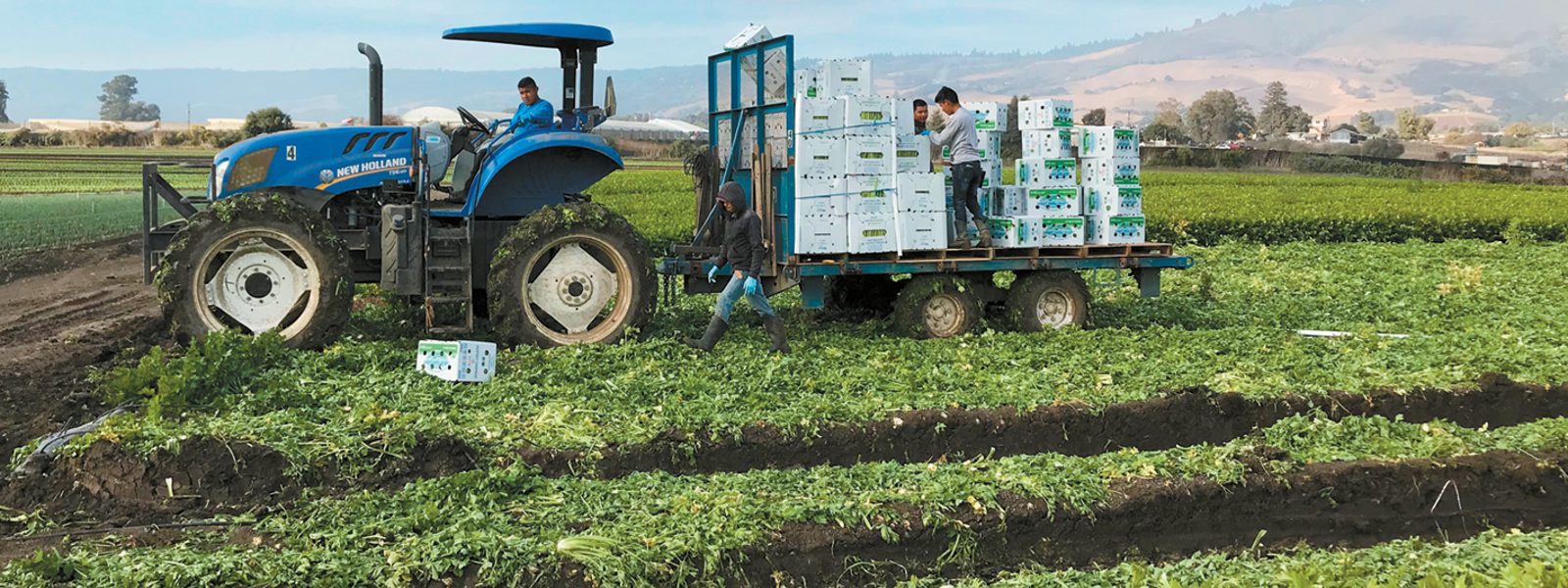Commentary: Why overtime law fails both farms and farmworkers

A celery field in the Salinas Valley is harvested. Many farmers pay workers above the California minimum wage, plus health and retirement benefits. But employee hours were cut due to the new overtime law.
Ag Alert file photo


By Norm Groot
For many decades, farmworkers have been vital to the harvesting of food crops in the Salinas Valley and other parts of the Monterey County agricultural region.
Monterey County farm employers do their part to attract and support farmworkers in a diminishing agricultural labor pool. Many pay significantly higher wages to their employees than the current California minimum wage of $16 per hour, plus benefits such as healthcare and retirement programs.
But some workers are losing hours and income due to California legislation intended to help them. In 2016, the California Legislature passed Assembly Bill 1066 to extend overtime hours to farmworkers after 8 hours of work each day, or 40 hours each week. Previously, overtime was paid after 10 hours a day to accommodate seasonal harvesting hours.
In a recent study analyzing AB 1066, Alexandra E. Hill of the Foundation of Agricultural Economics at the University of California explained the bill’s underlying premise that “workers would benefit from higher incomes for the same time at work” if their hours and overtime remained unchanged. But she also noted an economic risk.
“If employers reduce hours to remain below the new thresholds, worker incomes could fall, making workers who value the extra income more than additional leisure time worse off,” Hill wrote. “In this case, employers would also need to hire additional workers, invest in labor-saving or labor-augmenting technology, or make larger business changes like switching to less labor-intensive crops.”
The bill has led to the latter scenario, with farm employers cutting hours to save on overtime costs. This results in smaller paychecks, as daily work hours have been reduced to meet the new overtime standard. Relying on worker-reported federal data, the research found that California farmworkers worked 15,000 to 45,000 fewer hours in 2019 and 2020 while making $6 million to $9 million less per week than they would have if the 10-hour workday overtime exemption had continued.
As a result, Hill concluded, “In 2019 and 2020, the two years following the phase-in of California’s new overtime standards for agricultural workers, the average California crop worker experienced reduced hours and earnings.”
Labor unions, including the United Farm Workers, supported the passage of AB 1066 as a means to increase farmworker earnings. Meanwhile, civil rights icon and UFW co-founder Dolores Huerta noted that fewer working hours could be a benefit, given the strenuous nature of farm work and global warming’s negative impact on working conditions. This is contrary to the bill’s intent.
AB 1066 ultimately forced financial decisions for farm employers already facing rising input and regulatory costs, plus increasing amounts paid for employee health-care benefits and mandatory paid time off. With the overtime law increasing pressure on farms to balance their books, many farmworkers saw their work time reduced by more than 10 hours a week.
Local growers in Monterey County have adjusted their harvest work hours to comply with the rule change, as many predicted when AB 1066 became law. When harvest work is finished in one field, farm employers and their labor contractors send farmworkers home instead of moving to another field for continued work each day.
This has resulted in shorter hours for farmworkers, sometimes even shorter than the regular eight-hour day. With almost continuous harvest of fresh food crops in the Salinas Valley region, there are tight windows available for peak harvest of crops. Careful planning of harvest activities has altered some production plans to maintain the eight-hour workday.
Thus, while many employers pay generous hourly rates and benefits, their practical solution to AB 1066 has been to limit daily work hours rather than have the same crew work multiple fields that will result in overtime pay.
The higher farm wage rates in Monterey County can increase the overtime costs exponentially—and the worker compensation insurance premiums based on total payroll. Now, after devastation suffered by local agriculture from flooding events in 2023, farm employers are seeking every way possible to remain financially viable.
With prices for fresh food products contracted well in advance of the planting of a crop, there is no ability to increase sale prices when production costs, such as labor, increase during the production season. Careful control of labor costs—the largest line item in fresh food production—is necessary to keep the bottom line in the black.
Additional costs for overtime hours appear to be a threshold that farm employers are not willing to cross. It is unfortunate that lawmakers did not consider their insights or heed their voices before passing a bill that has led to reduced hours and pay for farmworkers.
(Norm Groot is executive director of the Monterey County Farm Bureau. He may be contacted at norm@montereycfb.com.)




